

Where We Be












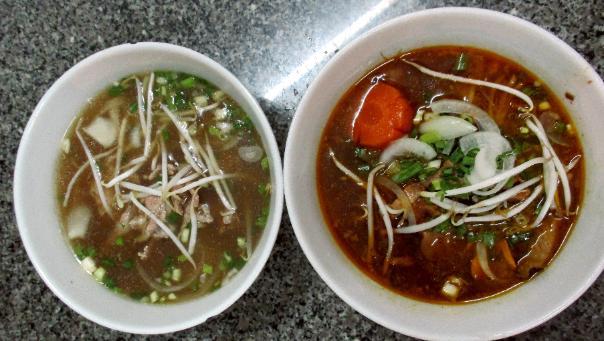






| Vietnam's largest city serves up a heady mix of world-class cuisine with local street food, wide boulevards with ultra-narrow alleys, and capitalist luxuries with communist memorials |
| Saigon (Ho Chi Minh City), Vietnam |
Saigon, aka Ho Chi Minh City or HCMC, is the
beating heart of modern-day capitalist Vietnam.
It's telling that right at the center of the city is
Ho Chi Minh Square with its namesake statue of
Uncle Ho bracketed by some of the world's most
exclusive shops: Gucci, Ralph Lauren, Cartier,
Burberry. We can imagine the communist leader
rolling over in his grave!
Vietnam's largest city is home to some 9 million
people. It's chaotic, frenetic, crowded, and fun.
Part of what makes it fun is the wide boulevards
and historic French colonial buildings at the
city's core, combined with an extraordinary
variety of restaurants, coffee shops, and street
food. District 1 is where most of the action is for
tourists, especially the Western Quarter near
Pham Ngu Lao Street. Don't miss the raucous
pub scene on nearby Bui Vien Street, where
backpackers gather nightly to drink 60 cent
Saigon Beer while hanging out on tatami mats.
beating heart of modern-day capitalist Vietnam.
It's telling that right at the center of the city is
Ho Chi Minh Square with its namesake statue of
Uncle Ho bracketed by some of the world's most
exclusive shops: Gucci, Ralph Lauren, Cartier,
Burberry. We can imagine the communist leader
rolling over in his grave!
Vietnam's largest city is home to some 9 million
people. It's chaotic, frenetic, crowded, and fun.
Part of what makes it fun is the wide boulevards
and historic French colonial buildings at the
city's core, combined with an extraordinary
variety of restaurants, coffee shops, and street
food. District 1 is where most of the action is for
tourists, especially the Western Quarter near
Pham Ngu Lao Street. Don't miss the raucous
pub scene on nearby Bui Vien Street, where
backpackers gather nightly to drink 60 cent
Saigon Beer while hanging out on tatami mats.
| We stayed at Hotel Ngoc Linh ($22 per night), located in the relatively quiet alley shown above, but just a block away from all the craziness and traffic on Pham Ngu Lao -- one of Vietnam's busiest streets |
| We visited during a holiday weekend when the city was less busy than usual |
| 23-9 Park is a thin park that stretches the length of Pham Ngu Lao. It offers an easy way to walk from the backpacker area of the city to places like Ben Thanh market. |
| Locals play badminton and other games in the park. These men are playing a version of hacky-sack with a ball -- and they're really good at it! |
| At Ichiban Sushi, we had some some of the best sushi we've ever had |
| Our favorite place to hang out at night was just a block away from our hotel. This is Bui Vien Street, and it's filled with restaurants and pubs galore. |
| A shared love of travel makes conversation easy. We ended up chatting and drinking until 1 am. The place was still going strong when we left. |
| The price for a Saigon Beer is just 12,000 dong (60 cents). It's easy to make friends here from all around the world. On this particular evening we got to know two amigos from Mexico and a young woman from Santiago, Chile. |
| As in Hanoi, the pub scene is raucous and fun, filled with a mix of backpackers and locals. The main difference is that here you sit on tatami mats on the sidewalk in front of various beer establishments. |
| We saw most of the key city sights in a single day. First up was Notre Dame Cathedral (built in the late 1800s), which looks like it could have been transplanted from France. |
| Right next door is the Central Post Office, an architectural gem with domed ceilings, old telephone booths, and gift shops. There's even a place for sitting down and writing postcards and letters. |
| Next up was Ho Chi Minh Square with its statue of Ho Chi Minh and City Hall in the background. To either side of the statue are some of the city's finest hotels and luxury shops. Quite the juxtaposition! |
| This whole square is upscale and beautiful. City Hall sits at one end, with fountains and gardens stretching off in the other direction towards the financial district. |
| Just a block away is the Saigon Opera House. It's home to the popular A&O acrobatics show. |
| These stylized signs are commonplace in Vietnam. Something about peaceful prosperity, perhaps? |
| Our last stop for the day was Independence Palace, the former home of the President of South Vietnam during the war. Also known as Norodom Palace or Reunification Palace, it's an important city landmark. |
| When a North Vietnamese tank crashed through the wrought-iron gates of Independence Palace on April 30, 1975, it signaled the fall of Saigon and the end of the Vietnam War |
| This is the view looking out from the top floor of the palace. Straight ahead you can see the front gate, and to the left one of the Russian T-54 tanks used to capture the palace. |
| On the fourth-floor rooftop is an old UH-1 helicopter used by the U.S. to evacuate staff just before the palace was overrun -- the scene depicted in the Broadway play "Miss Saigon" |
| The palace contains meeting rooms galore, some of them decked out with 60's and 70's furniture and fine paintings |
| Many of the rooms are still used today for receptions of foreign dignitaries |
| A sizeable bomb shelter in the basement is filled with old telecom equipment, bulky typewriters, a war room with maps, and ancient radio transmitters |
| Northeastern end of 23-9 Park. Most of the key tourist sights are north of here but still within walking distance. |
| After visiting their comfortable digs (they were "test driving" a new luxury service called Compass Living for two months), we walked to this coffee shop and had iced coffee. You pour the hot coffee out of these funky little urns over the ice. |
| We got together more than once with this terrific couple. Their names are Billy & Akaisha Kaderli and they're well known in the early retirement community (see their website retireearlylifestyle.com). They forged a path to early retirement and travel before it was the "in" thing to do, retiring in 1991 at the age of 38. They were inspirational to us, so we were glad when we learned they were in Saigon the same time as us. |
| We visited the War Remnants Museum on a separate day. It's one of the top attractions in the city. |
| Outside the museum is an open-air collection of Vietnam War era aircraft, tanks, howitzers, helicopters, and more |
| The artillery and armor collection is impressive |
| This wasn't an easy museum to visit as it focuses on atrocities from the Vietnam War, primarily from the Vietnamese perspective |
| We met again that same evening at this little spot that transforms from a motorcycle parking lot during the day to a restaurant each evening! Billy & Akaisha ordered all the food and we had quite the feast, sharing six different dishes. |
| This is Pham Ngu Lao at night. As you can see, it's plenty busy even on a holiday weekend! |
| We did a lot of walking in Saigon both day and night. This is a high- energy city so you can always count on plenty of cars and people. |
| We got together one more time to try imitation weasel coffee. With real weasel coffee (chon), the coffee bean is ingested by the weasel, egested, then washed, dried, and roasted. Supposedly it has extra complexity and flavor! It sounds crazy but people pay like $30 per cup for it. This imitation version (Legendee) is "only" $7 per cup but worth a one-time splurge. It was strong but smooth with a chocolaty aftertaste. (“That’s not chocolate!” Billy joked.) |
| Pho is Vietnam's national dish. Robin and I sat down at this unassuming Vietnamese joint called Pho Quynh and had the best pho of our trip. |
| We took this photo from the airplane as we departed Vietnam. It gives a sense of just how big the city of Saigon is. |
| We booked a tour to Cu Chi Tunnels (about $10 each), where some of the fiercest fighting of the war took place. Our guide showed us these cunning jungle traps with spikes as well as some of the unexploded ordnance in the area. |
| Underground tunnels were used by the Viet Cong to escape detection. Because of the hidden tunnels, they could pop up behind the Americans and ambush them. |
| Mannequins of Viet Cong soldiers illustrate what life was like during the war |
| The Viet Cong made the tunnels too narrow for Americans to fit through. Dug down to three tiers, the tunnels were incredibly cramped -- they've since been widened for foreign tourists! We got the chance to crawl through a section of tunnel, and I can tell you, we only made it halfway before calling it quits. We had to walk bent in half, then crawl through the dank, ever-narrowing tunnels. When they turned pitch black we said enough! |









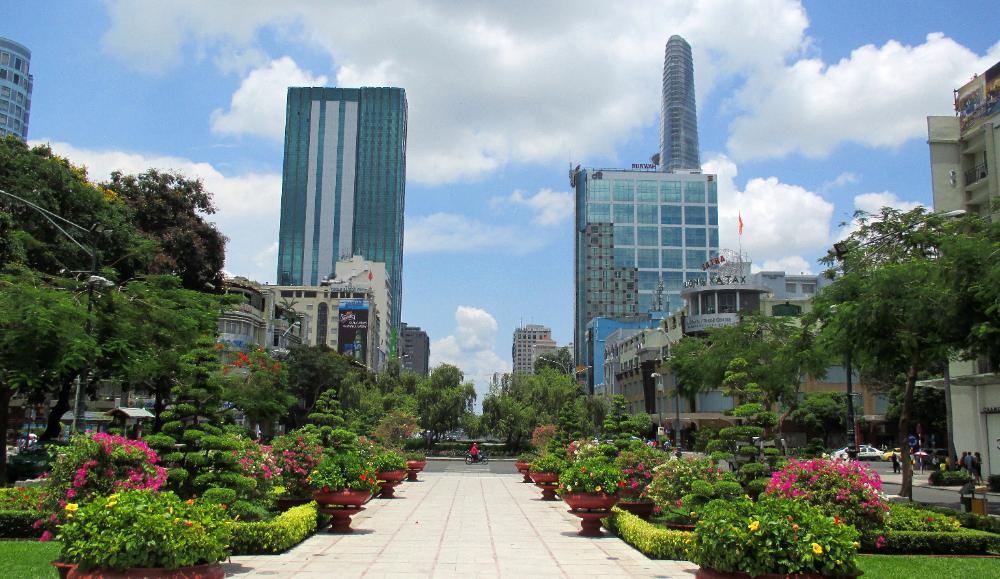





















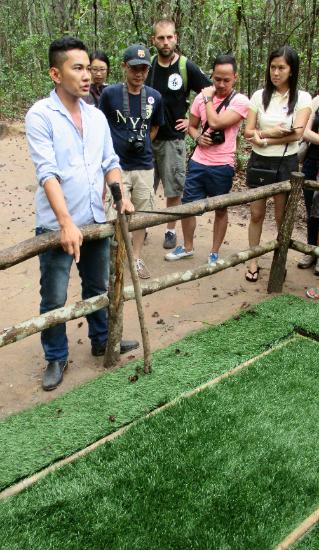

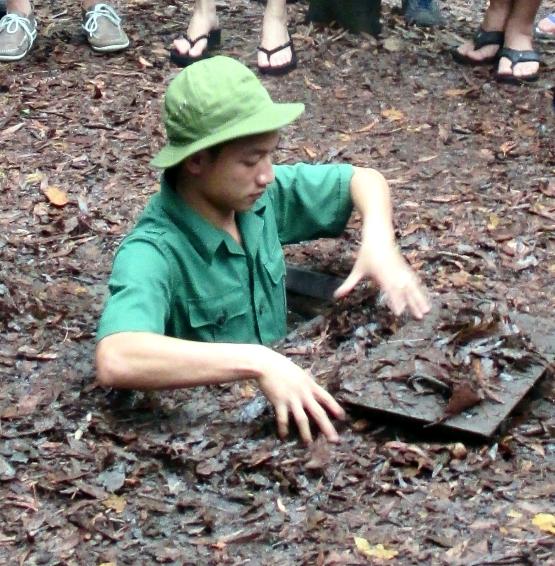




| Day Trip: Cu Chi Tunnels |
| War Remnants Museum |
| Independence Palace |
| Ho Chi Minh Square |
| Notre Dame & Central Post Office |
| Food & Drink With Friends |
| Night Life |
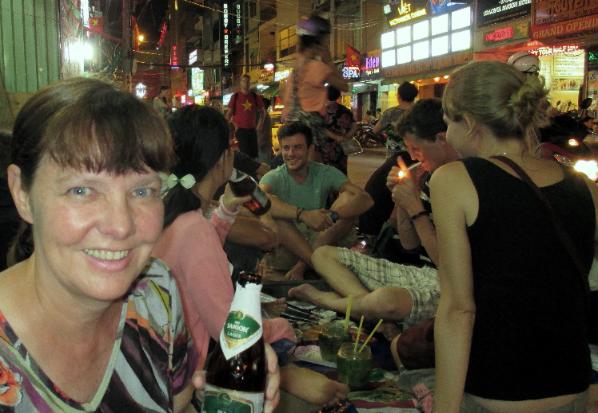

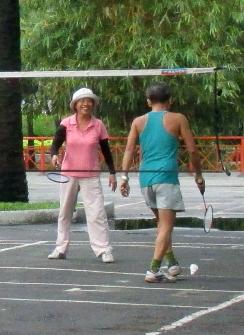

| The financial district is just ahead. The white skyscraper with the circular observation deck is the Bitexco Financial Tower. |

| A firing range lets you try your hand at firing an AK-47 and other weaponry -- for an extra price |